Stayed here over the weekend. Great place full of atmosphere and with a warm welcome. The place is a ‘clachan’ of traditional rural buildings where farmers traditionally cultivated infields and outfields around the settlement. similar settlements would once have been common in the Limavady area but most were lost in the reorgainisation of estates carried out by landlords in the mid nineteenth century. In a few areas such as Drumrickland, Gortnaghy and Coolemonagh this older pattern appears to have been fossilsed by the change to enclosed fields Elsewhere such as at Greysteel and Clagan a single farm now occupies what appears to be such an aragement on the 1830 map.
|
Slight detour. This is Hanna’s Close in Co Down- between the Mournes and the sea. www.mournecountrycottages.com
Stayed here over the weekend. Great place full of atmosphere and with a warm welcome. The place is a ‘clachan’ of traditional rural buildings where farmers traditionally cultivated infields and outfields around the settlement. similar settlements would once have been common in the Limavady area but most were lost in the reorgainisation of estates carried out by landlords in the mid nineteenth century. In a few areas such as Drumrickland, Gortnaghy and Coolemonagh this older pattern appears to have been fossilsed by the change to enclosed fields Elsewhere such as at Greysteel and Clagan a single farm now occupies what appears to be such an aragement on the 1830 map.
0 Comments
This is a copy of the first map of Limavady from 1622. It was a new Ulster Plantation settlement replacing the former town a mile away around the old O’Cahan Castle. Originally known as Newtown Limavady, the settlement had a cruciform layout with a market cross at the centre and was enclosed on two sides, as today, by the River Roe. The building nearest the river appears to have a projecting sign which has been taken by most comentators to be the representation of an Inn..
The Roe Bridge at the entrance to Limavady rises dramatically from the flood plain of the river into the town like a medieval drawbridge. It is thought to date from the early 18th century and was widened in the early 19th. The last arch, behind the tree on this drawing was rebuilt in a similar style in the 1960′s. The lack of buildings on the lower side makes it a great threshold into the town but it is worth getting off the road and admiring it in its own right. North Watch Tower Roe Valley Country Park. This is one of two towers built to guard the nearby bleach green which was opened in 1766 by Lesley Alexander and closed in 1831. Such greens were an important part of Linen making, with sheets laid out to bleach in the sunlight. As a valuable commodity they had to be protected from thieves and hence the watch towers. Such buildings, once common are now very rare. The two in the country park are among the best examples surviving. This one, along a public path was, however, rebuilt as a faithful replica from its foundations in the mid 1970′s.
Slighly downstream from the powerhouse is this ruined mill built into precipitous side rocks of the River Roe. Rubble stone in its lower storey and brick to first floor it appears fairly typical of the ruined mills in the modern country park. However, there have been suggestions that this structure may be on the location of, or may partly date from, the Anglo Norman occupation of the area in the Twelfth Century. Two mills of the ‘Roo' were recorded in an inquisition of 1333 at the time of the death of Richard de Burgo The Red Earl of Ulster. The building is marked on the first Ordnance Survey Map of the area of 1831. By 1848 it is labelled ‘Old beetling mill’ and indicated as roofless by 1907. It is likely that it was used for a number of functions during its history, as a corn mill, and as a beetling mill associated with the Linen Industry. Today it is located in a quiet corner of the park and is a great dramatic ruin Dog Leap Power House, Roe Valley Country Park. Further up the river is this modest building with a curved corner. It was constructed in the 1890′s by the owner of Roe Park House:J T Ritter. Installing water turbines, he generated the first electricty in this area and powered both his house and, from 1904, the nearby town of Limavady. His company was aquired by the Electricity Board for Northern Ireland in 1946 and finally closed in 1967. Now a listed building it was sentively restored by the Northern Ireland Environment Agency in 2014 to generate electricty once again - green energy!
O’Cahan’s castle today is a circular grassy clearing within the surrounding forest of the Roe Valley Country Park. The strongly defensive nature of the site can still be understood by the height of the platform above the river and the steeply sloping ground down to it. A three storey tower house above this must have looked very impressive. Limited archaeological investigations were carried out in 2009 after Geophysical anomalies had suggested the survival of portions of the associated bawn and fishpond. Modern fill was found covering much of the area investigated, but the corner of the castle was identified with bedrock shored up to take this, and fragments of glass and pottery. You can read more at: www.excavations.ie/report/2009/Derry/0020515/ Further along the Roe was O’Cahan’s Castle. This drawing is a sketch of the castle and its grounds as indicated on a map of 1622. The O’Cahan’s held this area from the Twelfth Century until the Seventeenth with a break in the Thirteenth when the Anglo-Normans were in control. The castle, like most tower houses, was probably built in the Fifteenth Century. In 1610, as part of the Plantation of Ulster, it and 13,100 acres were granted to Sir Thomas Phillips a ‘soldier of fortune’ in exchange for reliquishing his control of Coleraine. Like contemporaies at Dungiven, Enniskillen and Donegal, he set about renovating and expanding the castle and he comissioned the map of 1622. There are reports of fine plasterwork inside but the drawing shows a heavily defended tower. It also shows formal gardens and what has been interpreted as a fish pond and brewery building. A slated house with a large window overlooks the fish pond. There are also buildings for agricultural workers.The Ordnance Survey Memoirs of the 1830′s record that the old castle was demolished in the 1820′s.
Half a mile upstream from Roe Park is a Holy Well within the current Roe Valley Country Park. Accoring to an old sign nearby: ‘reputed to be the spot where St Colmcille performed many acts of healing. Indeed, it is said to this day that the water from the well has healing qualities.’ Wow, this place is exactly what a place of ancient spiritual significance should look like. Places like this will have been venerated for many centuries and may even predate Christian times. The cut stone well surround is enclosed on three sides by the roots of a huge sheltering tree, itself of some age. There are no modern signs or clutter and the old path is largely obscured by leaves. The Northern Ireland Monuments and Buildings Record notes that ‘there was a tradition of monks coming here from Drumachose & Tamlaght Finlagan to hold services’.
Behind the Roe Valley Resort is Mullagh Hill, reputed location of the Convention of Drumceat which was held in 575AD. This is famous because St Columbkille is recorded as having returned from exile in Scotland for the occasion and that his intervention saved the bardic tradition from being banished. Some accounts talk of him having strapped scottish turf to his feet as he had vowed never again to step on Ireland. The meeting was mainly about the political and military relationship between the king of the Dál Riata Áedán mac Gabráin who had land in the north of Ireland and the west of Scotland and the powerful overking Áed mac Ainmirech from Donegal. Colmcille was a close kinsman of Áed but he was also the leading religious figure among the Dál Riata where his island of Iona was located. The hill itself is thought to be largely natural though altered in parts to provide a flat rounded area at the top.
|
Marks of Time
Sketches of buildings in the North West of Ireland and further afield with a little information about their history. Categories
All
Archives
June 2024
|

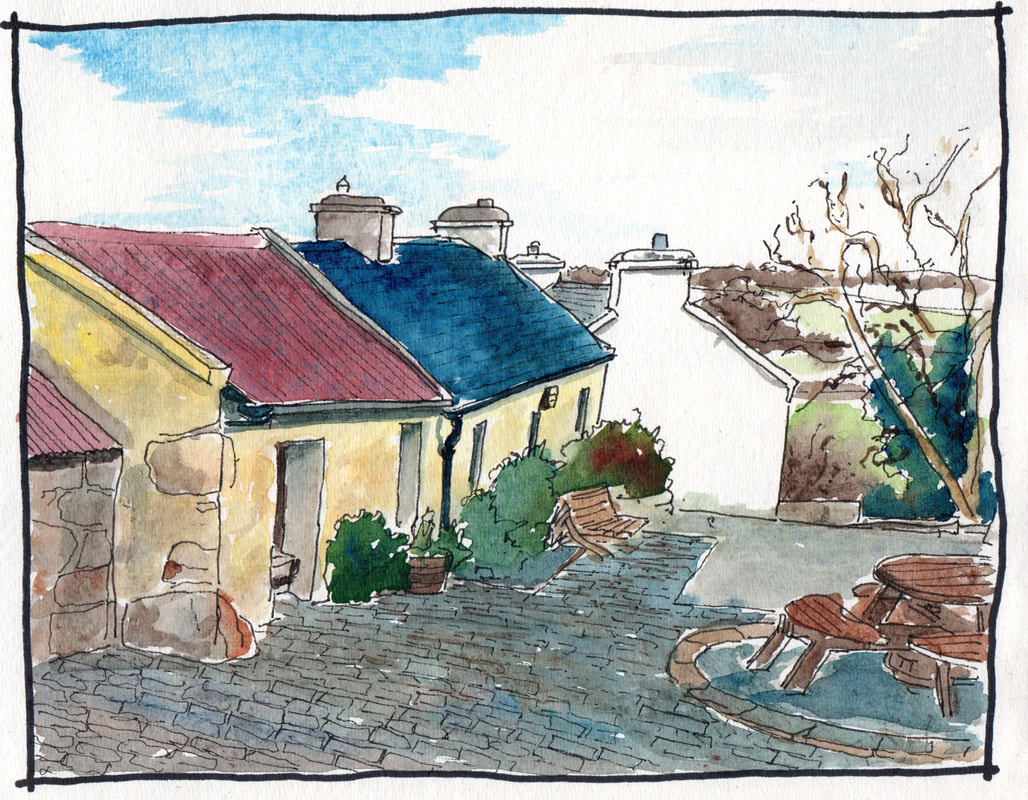
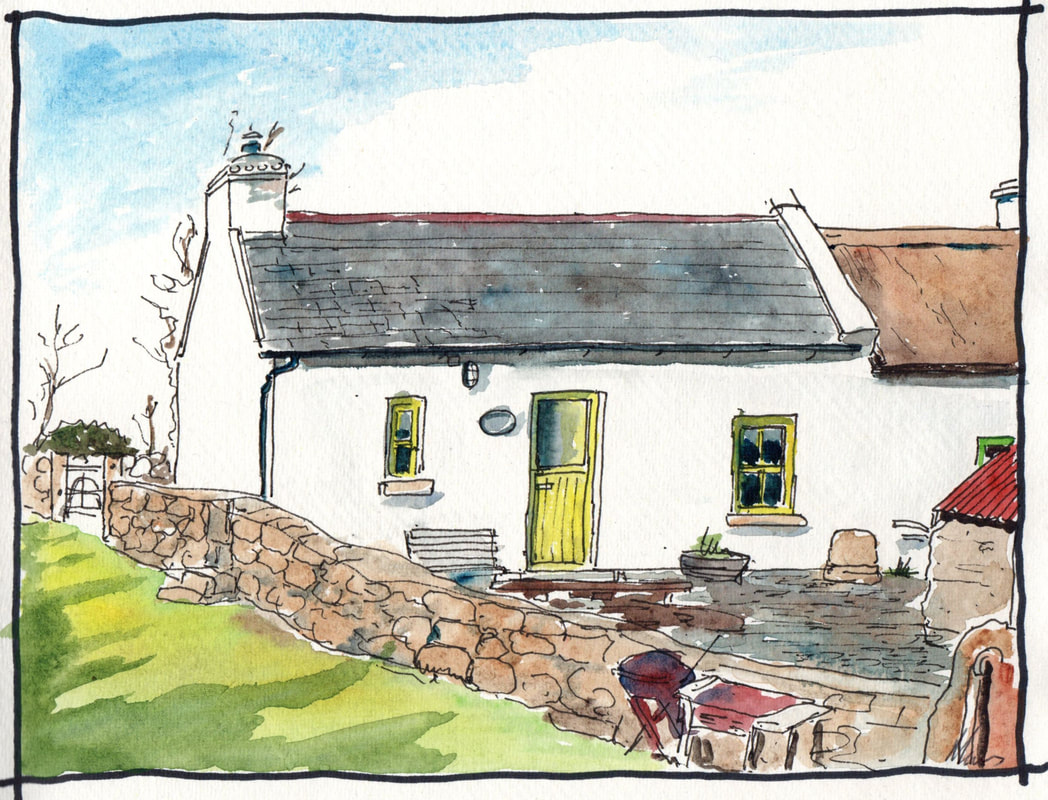
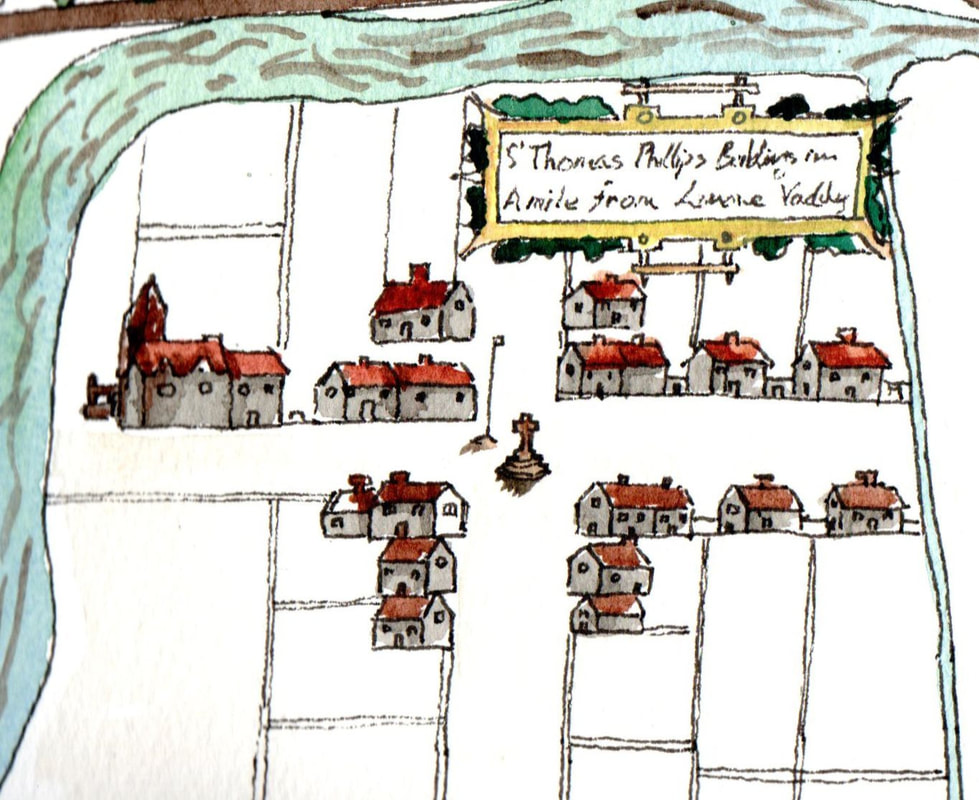
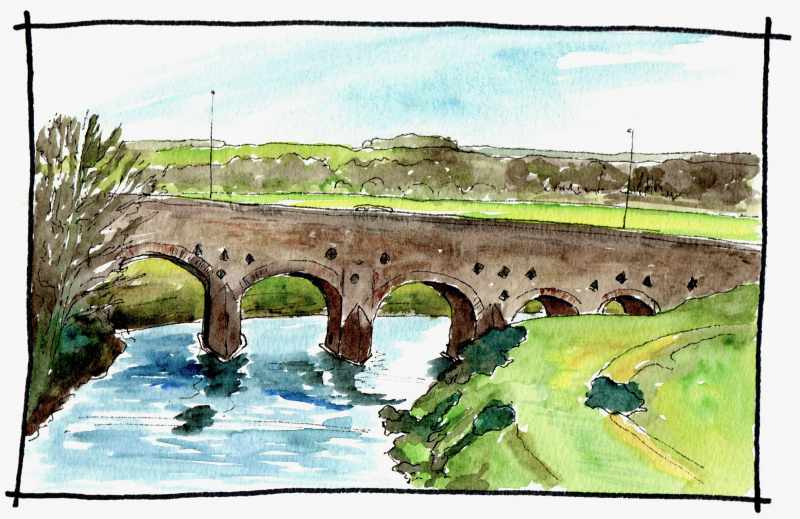
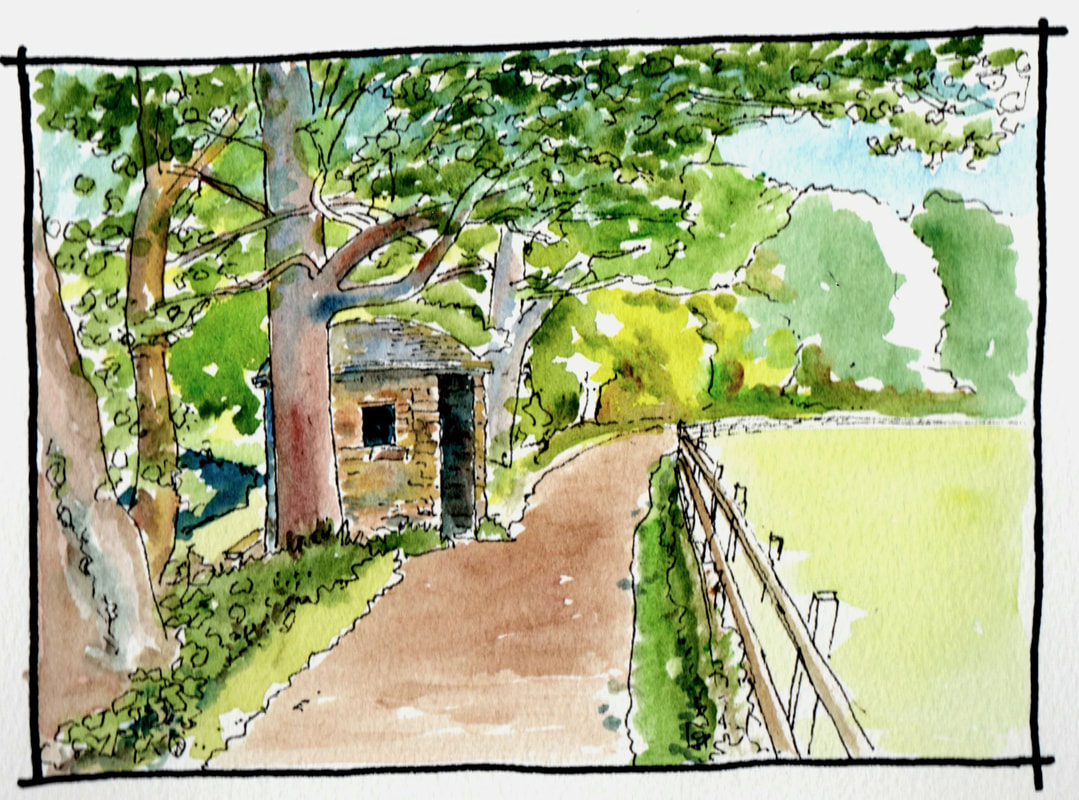
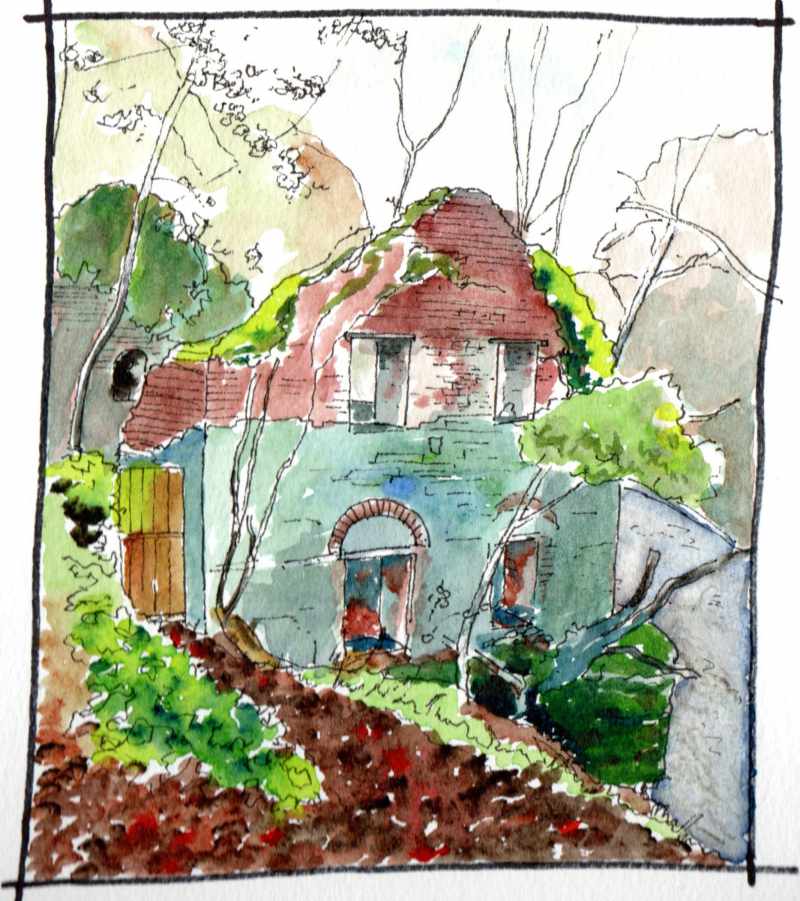

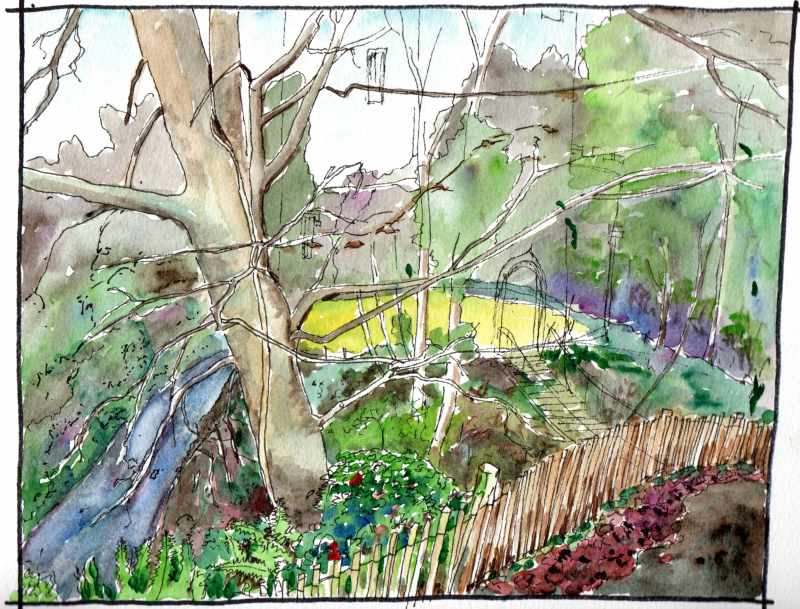
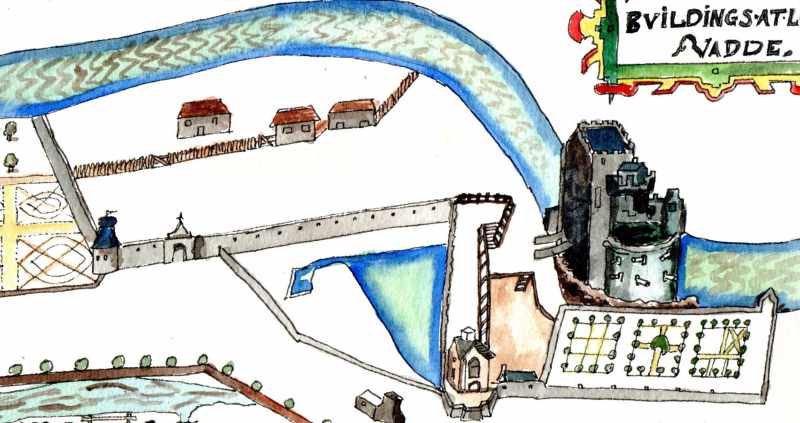
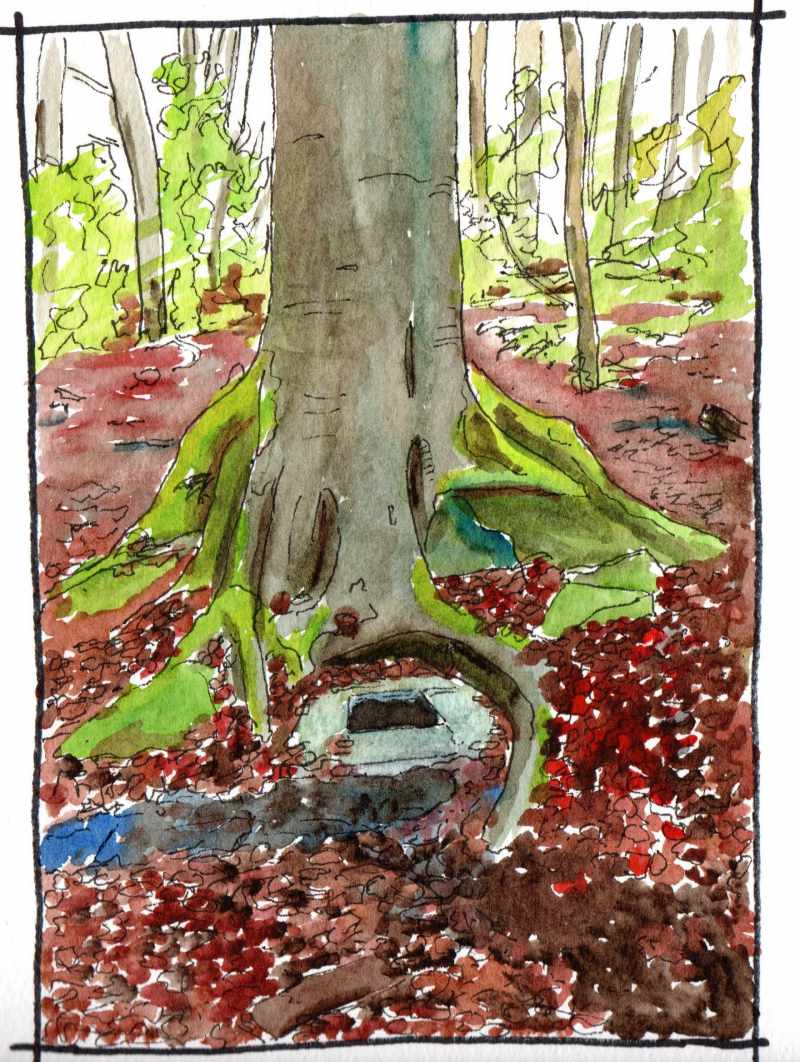
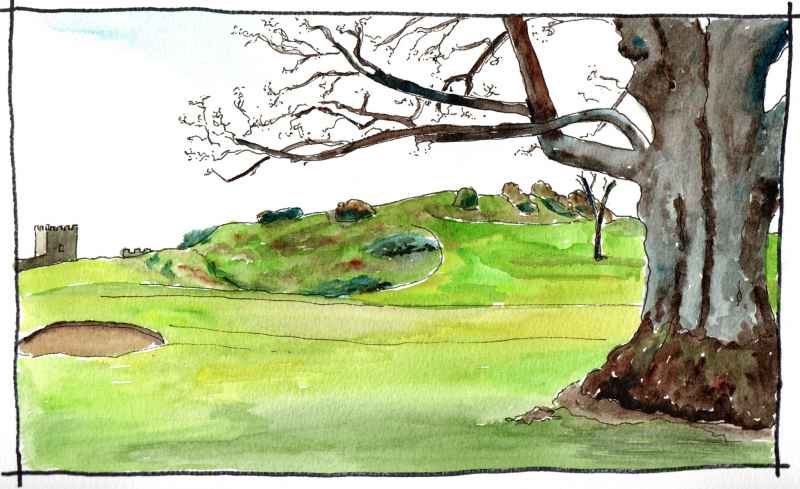
 RSS Feed
RSS Feed
